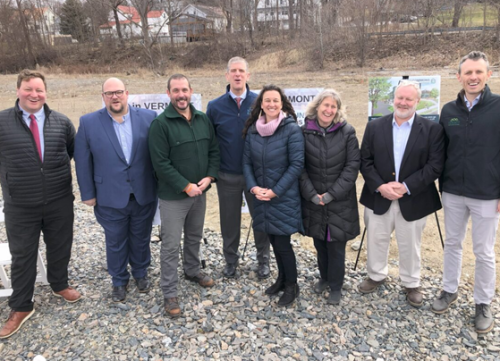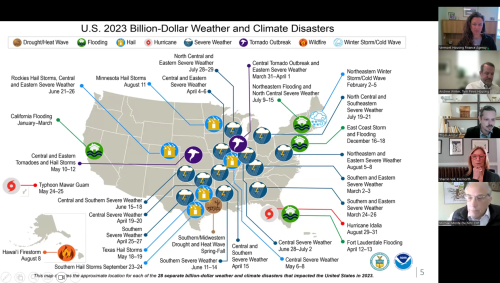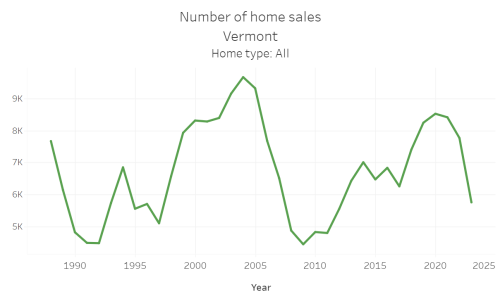It’s VHFA 50th birthday! VHFA was created by Act 260 in the Vermont General Assembly and signed into law by Governor Thomas P. Salmon on April 11, 1974.
Monday’s solar eclipse was a cosmic lead-up to celebrating VHFA's energy and impact. During the course of its history, VHFA has helped 31,000 Vermont families buy their first home and financed the development of 9,600 affordable apartments across the state.




